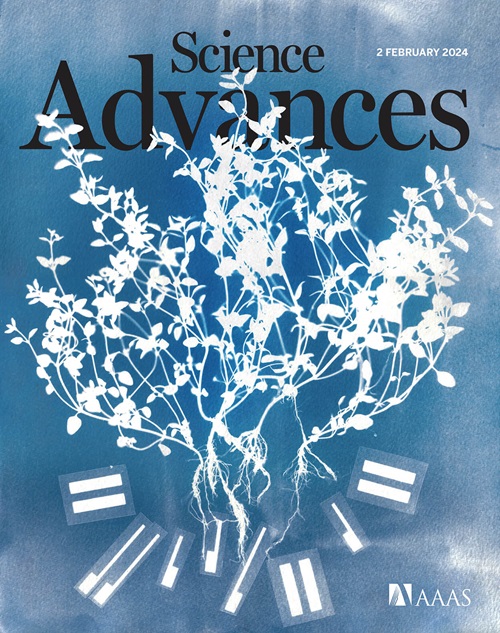The large role of declining atmospheric sulfate deposition and rising CO 2 concentrations in stimulating future wetland CH 4 emissions
IF 11.7
1区 综合性期刊
Q1 MULTIDISCIPLINARY SCIENCES
引用次数: 0
Abstract
Existing projections of wetland methane emissions usually neglect feedbacks from global biogeochemical cycles. Using data-driven approaches, we estimate wetland methane emissions from 2000 to 2100, considering effects of meteorological changes and biogeochemical feedbacks from atmospheric sulfate deposition and CO求助全文
约1分钟内获得全文
求助全文
来源期刊

Science Advances
综合性期刊-综合性期刊
CiteScore
21.40
自引率
1.50%
发文量
1937
审稿时长
29 weeks
期刊介绍:
Science Advances, an open-access journal by AAAS, publishes impactful research in diverse scientific areas. It aims for fair, fast, and expert peer review, providing freely accessible research to readers. Led by distinguished scientists, the journal supports AAAS's mission by extending Science magazine's capacity to identify and promote significant advances. Evolving digital publishing technologies play a crucial role in advancing AAAS's global mission for science communication and benefitting humankind.
 求助内容:
求助内容: 应助结果提醒方式:
应助结果提醒方式:


